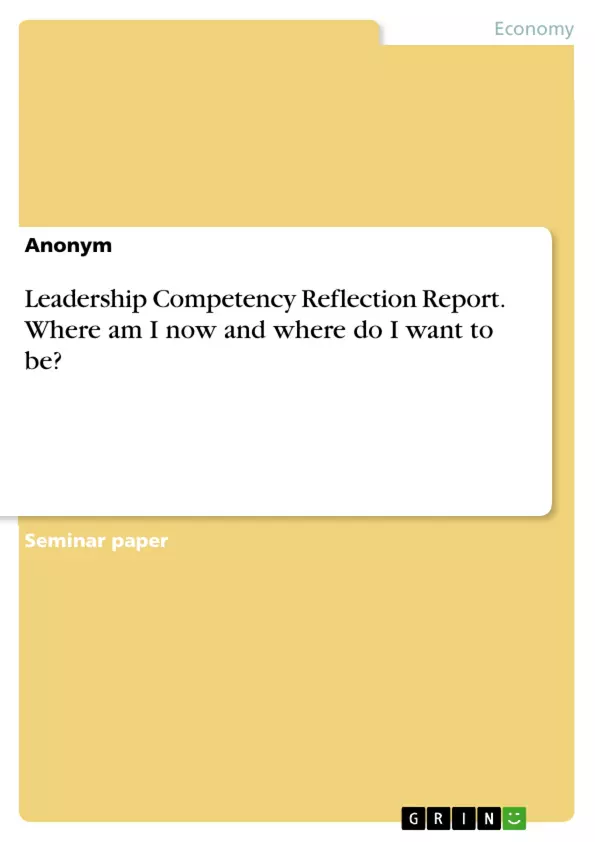Before you are a leader, success is all about growing yourself. When you become a leader, success is all about growing others. — Jack Welch
In recent decades and especially since the start of the twentyfirst century, views on leadership have changed. Analysing the relationship between manager (as the leader) and employee (as the follower) has produced new insights about how to lead efficiently. “Leadership […] is basically the process by which leaders influence the attitudes, behaviours, and values of others toward organizational goals” (Lusthaus, Adrien, Anderson, Carden, & Montalvan, 2002, p.44).
Globalisation brings with it changes to the work environment including the market, technologies, work force and work force expectations (van Eeden & van Deventer, 2008). These are closely linked to the importance of leadership because the leader, through his employees, influences the organisation’s effectiveness and especially the turnover rate of the company (Hsin-Kuang Chi & Dorjgotov, 2012; Hamstra, Van Yperen, Wisse, & Sassenberg 2011).
Therefore, the shift away from management competencies towards leadership competencies must be a major step in any contemporary organisation to ensure an efficient workforce including managers which are able to inspire employees with new visions and challenging goals. Jack Welch is right in saying that before you become a leader you have to grow, improve your ethics, and strengths to eliminate your weaknesses.
Then when you are successful and you are a leader, support others so they can show their best performance and grow with the challenges the company faces. I share the same perspective as Welsh and I want to become the kind of leader he is talking about, someone who is supporting and accompanying people so they can achieve more. In order to do this I first need to focus on my growth and development. I want to become the kind of leader that I would follow.
In the first section of this report I analyse my personality with self-assessment instruments and my educational and professional experiences to examine leadership competencies. In the second section I define an overarching objective, which is presenting my professional future in the most optimistic way. In order to achieve this I examined my results from the first section to identify strengths and weaknesses which will assist or hinder me achieving my primary goal. The third section includes an action plan devel-oped on the basis of SMART goals. The last sectio
Inhaltsverzeichnis
- Introduction
- Where am I now?
- Where do I want to be?
- My SMART action plan
- Conclusion
- References
Zielsetzung und Themenschwerpunkte
This paper reflects on leadership competencies and outlines a personal action plan for professional development. It analyzes strengths and weaknesses to achieve ambitious career goals and create a future leadership trajectory.
- Self-Assessment of Leadership Competencies
- Identification of Strengths and Weaknesses
- Development of a SMART Action Plan
- The Importance of Feedback Skills and Cultural Intelligence
- Transformational Leadership Style
Zusammenfassung der Kapitel
- Introduction: This section establishes the significance of leadership development in contemporary organizations and introduces the author's personal perspective on leadership, drawing on the quote by Jack Welch. It outlines the report's structure and objectives.
- Where am I now?: This chapter presents a self-assessment of the author's current position in their professional and educational journey. It explores various leadership competencies including feedback skills, cultural intelligence, emotional intelligence, and the transformational leadership style.
Schlüsselwörter
Leadership competency, self-assessment, professional development, feedback skills, cultural intelligence, transformational leadership, SMART goals, action plan
- Quote paper
- Anonym (Author), 2014, Leadership Competency Reflection Report. Where am I now and where do I want to be?, Munich, GRIN Verlag, https://www.grin.com/document/301905



